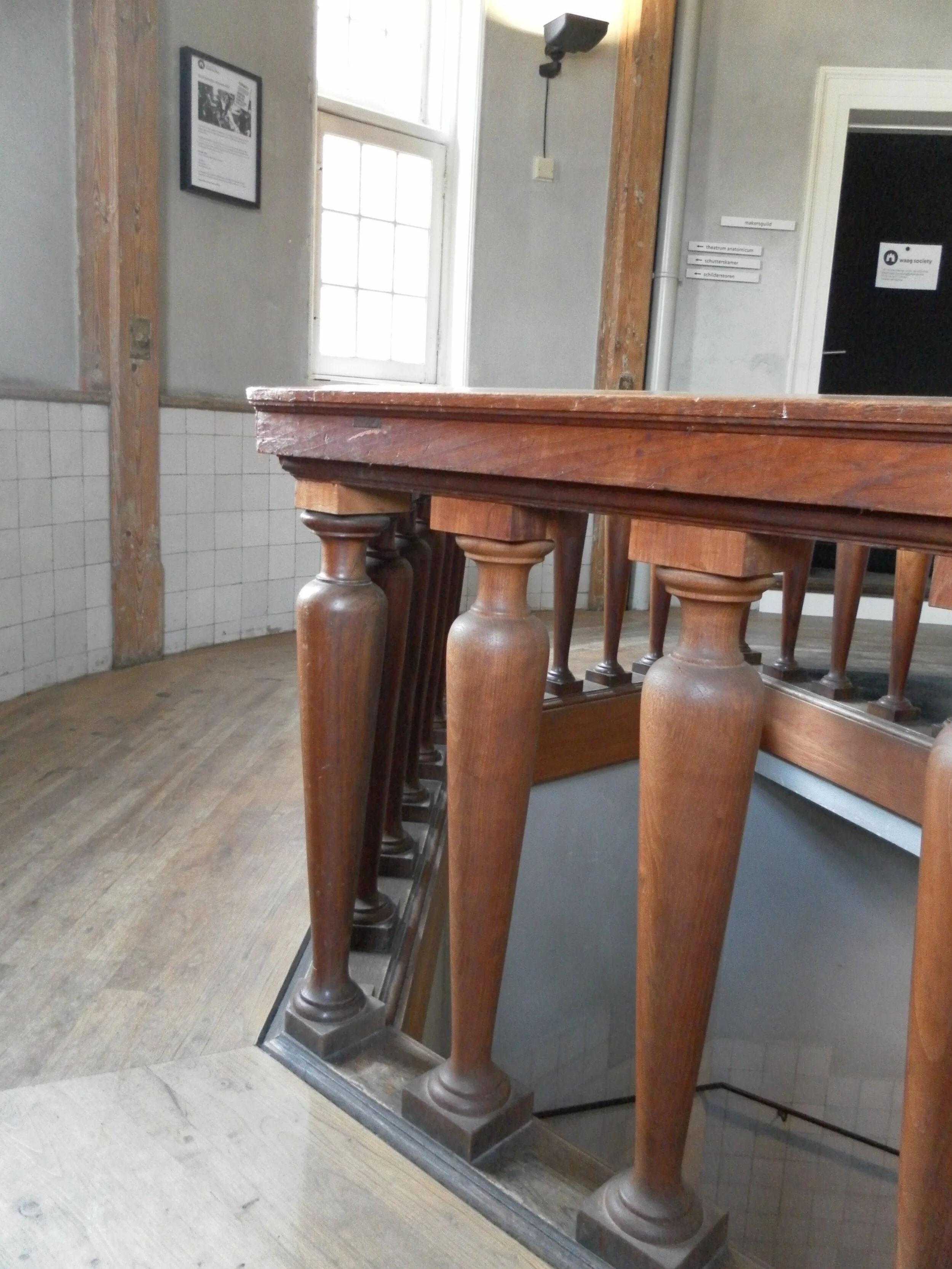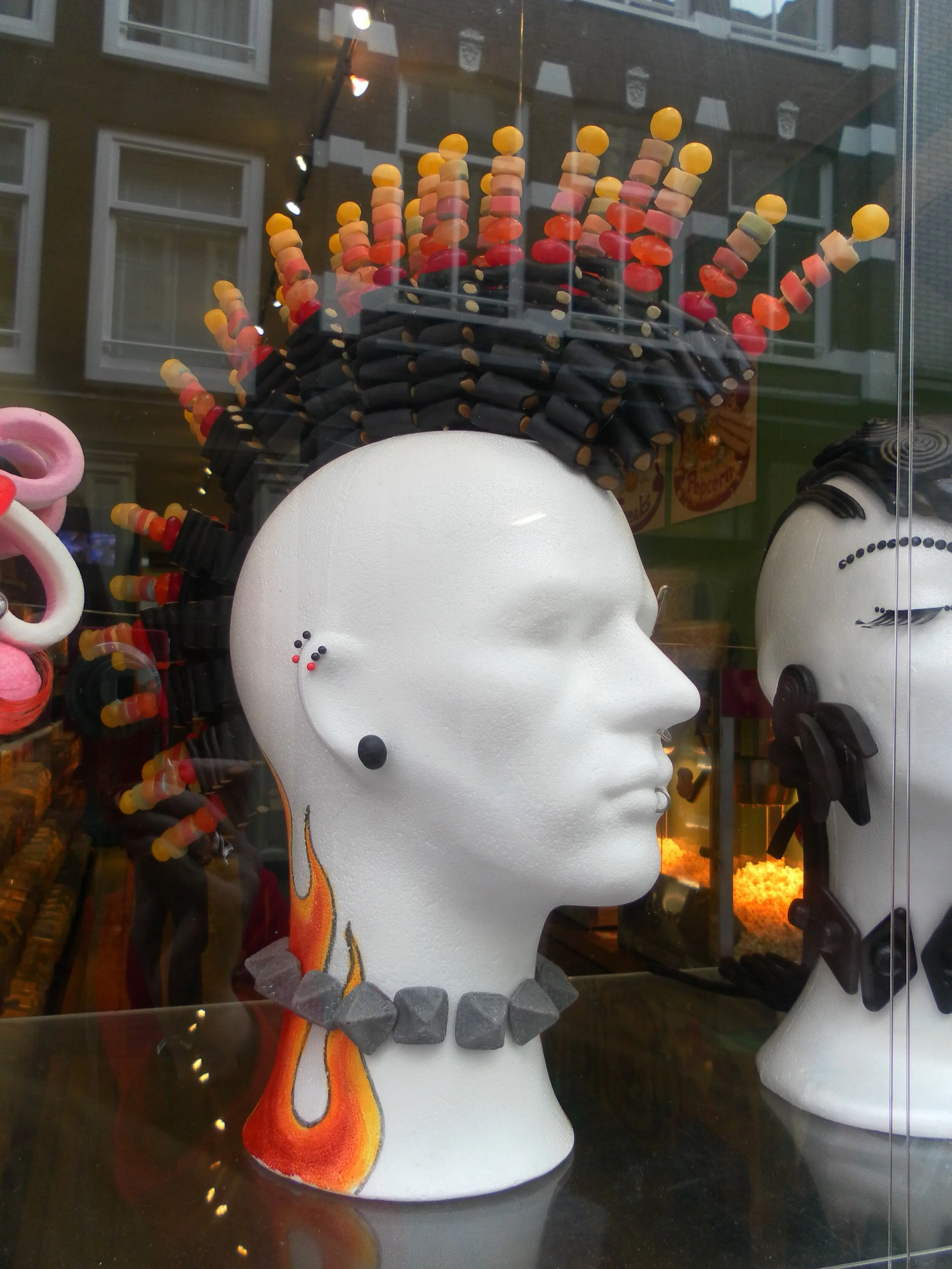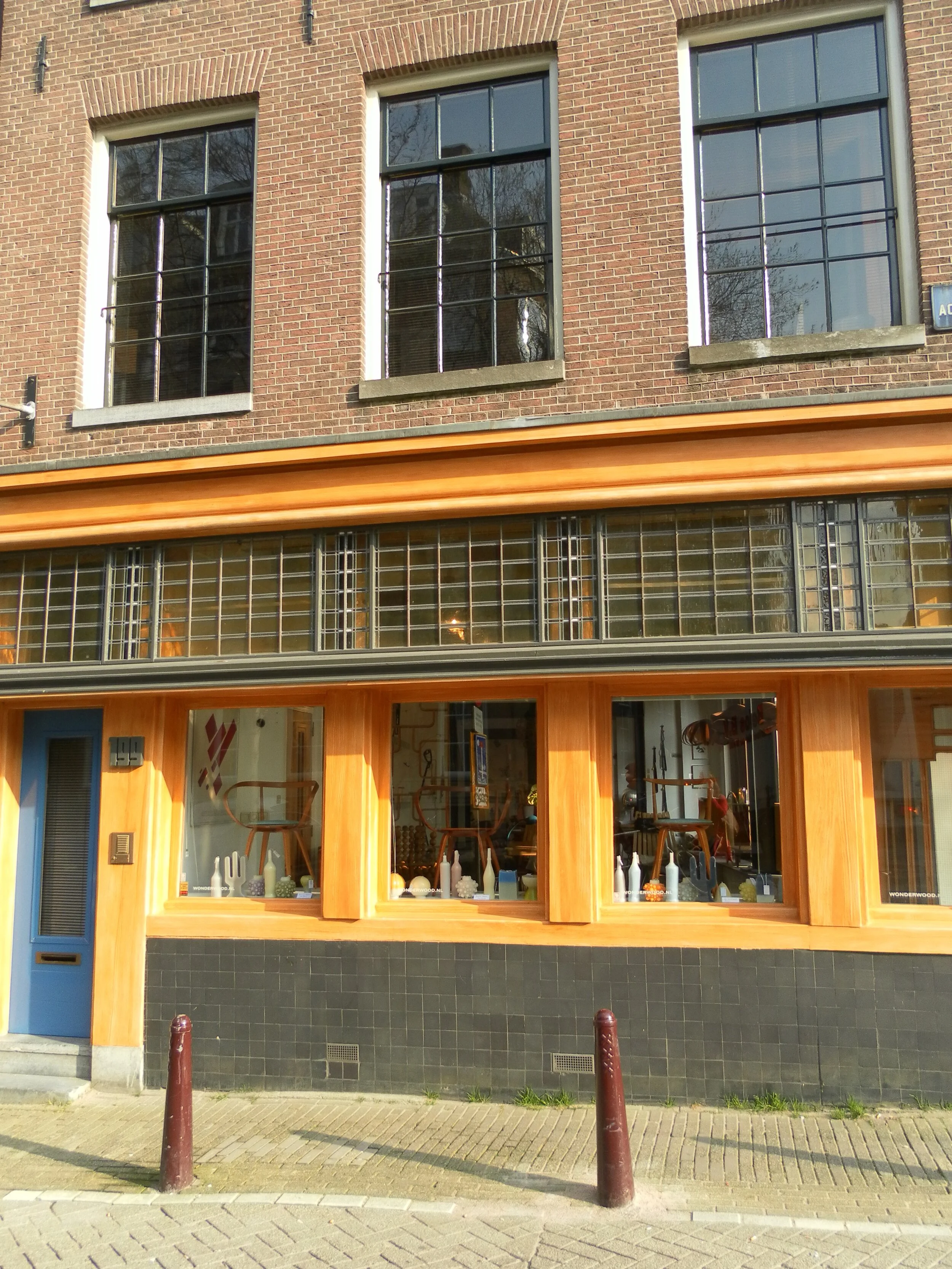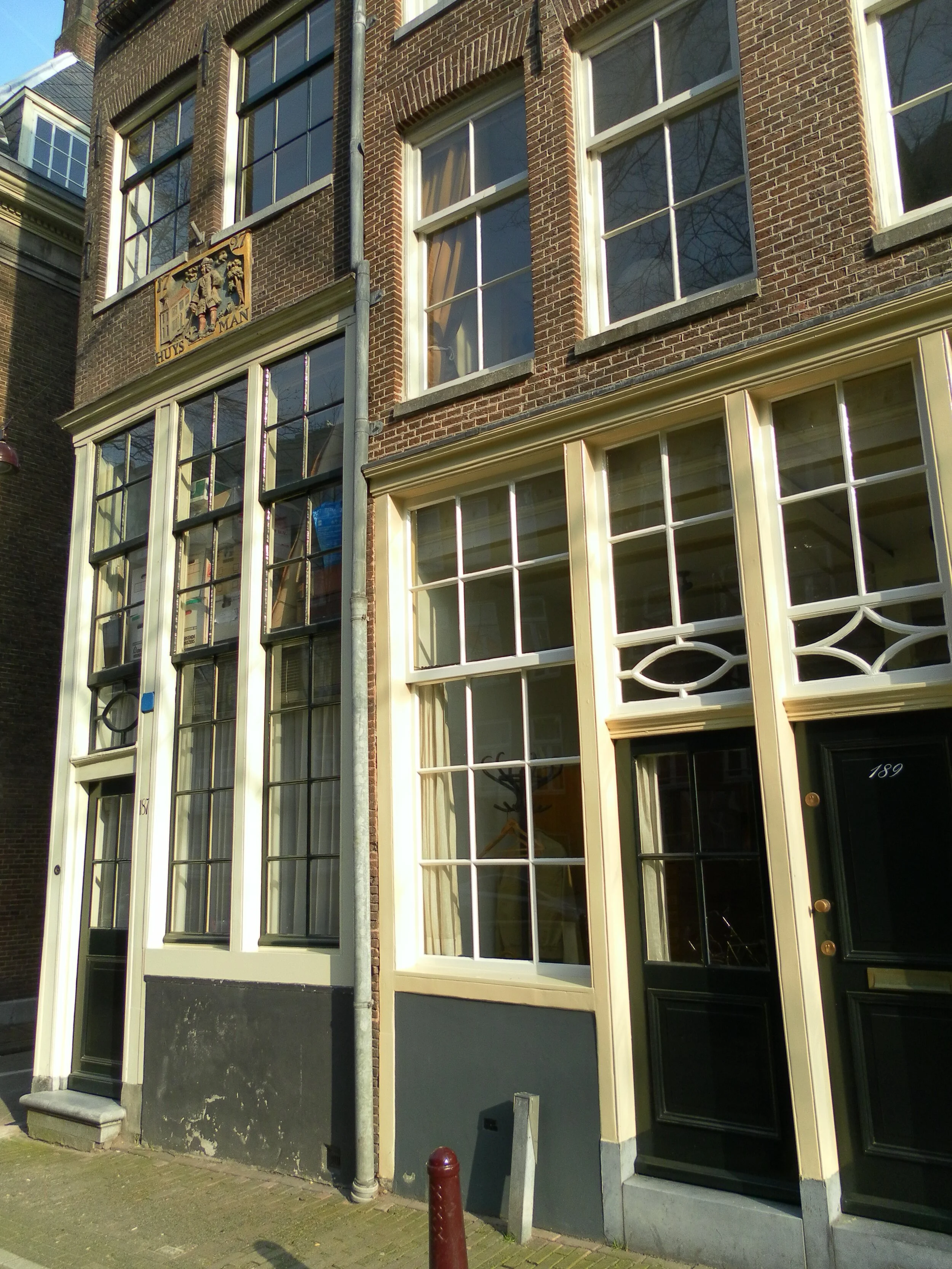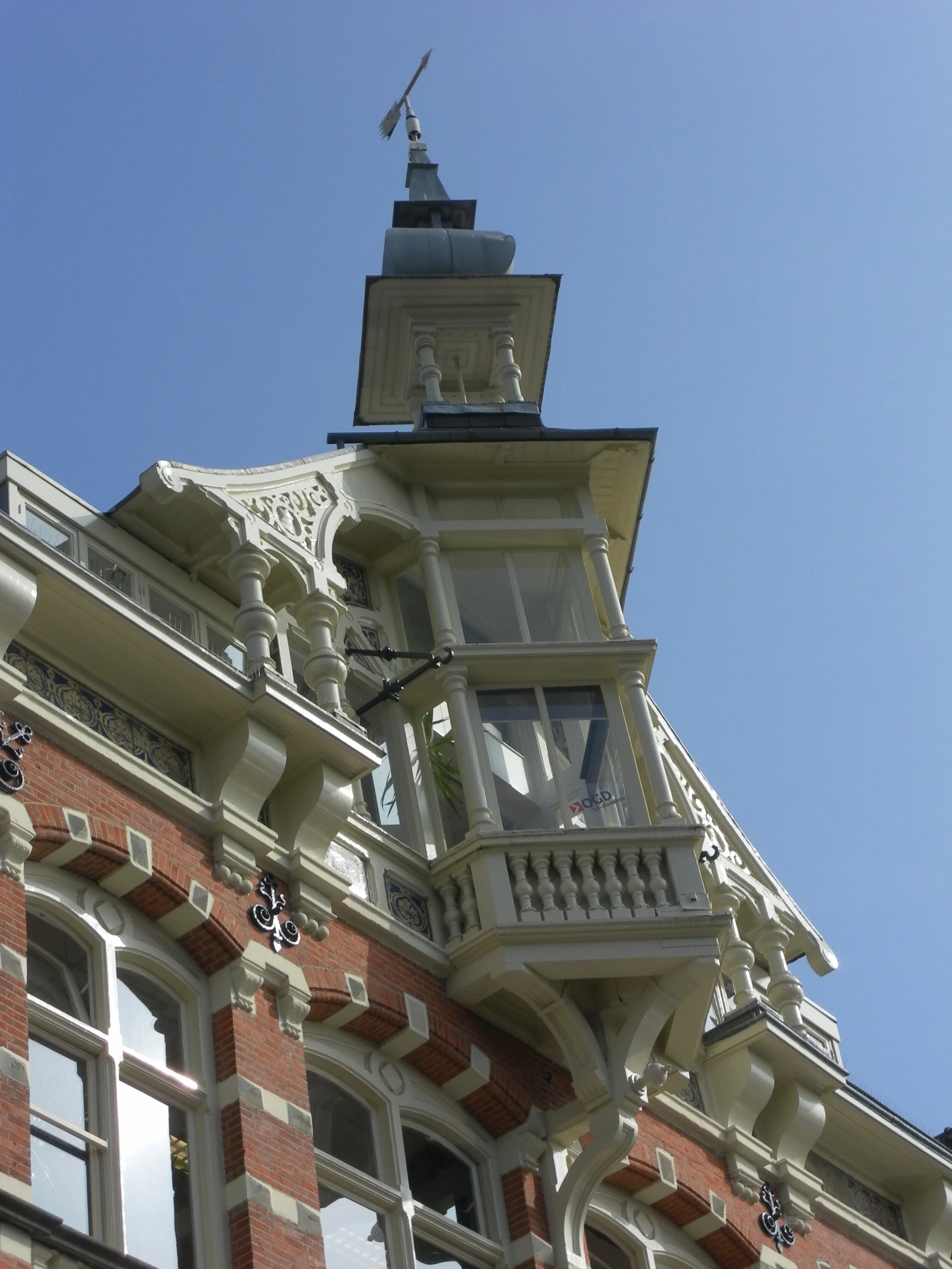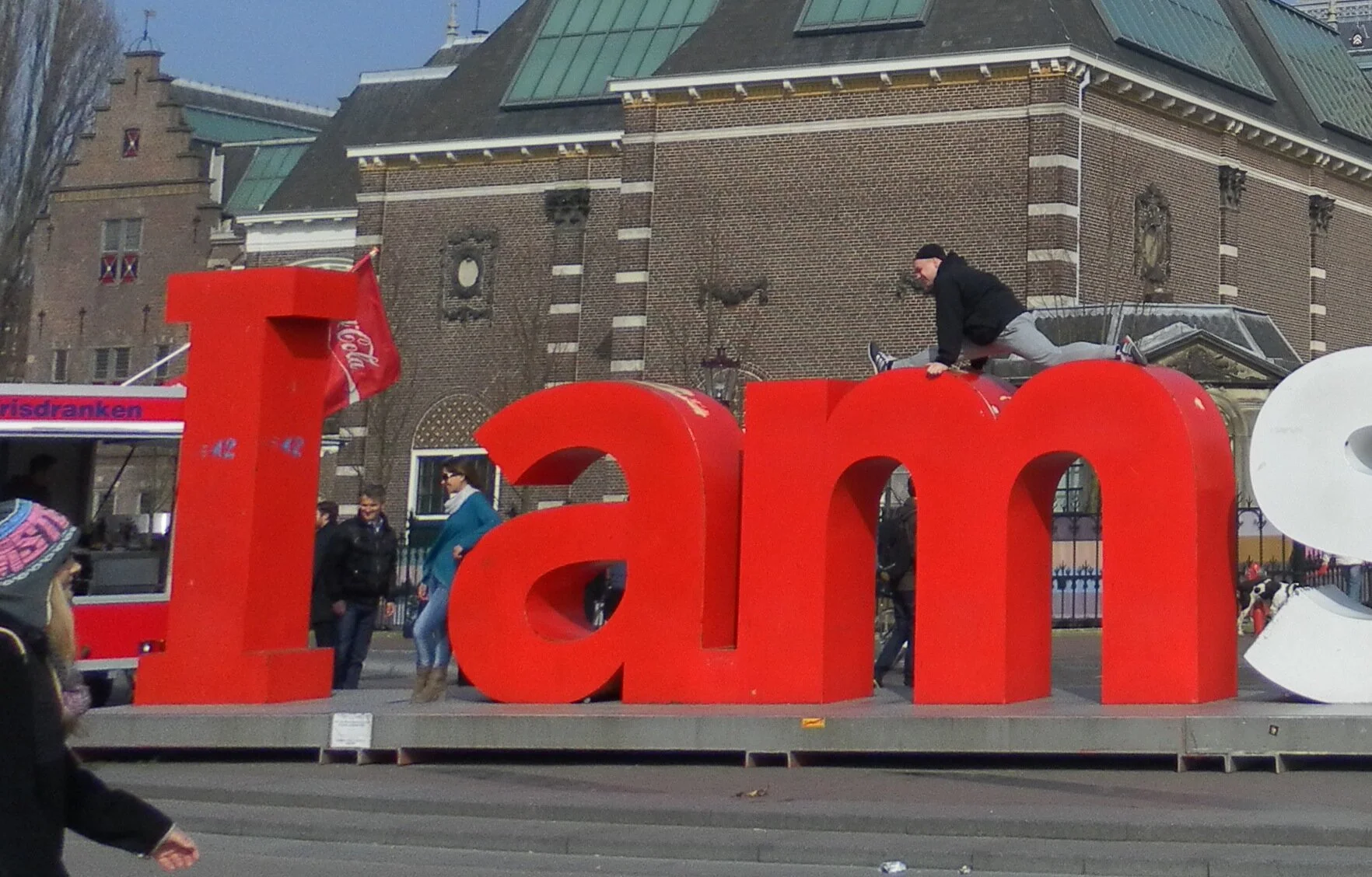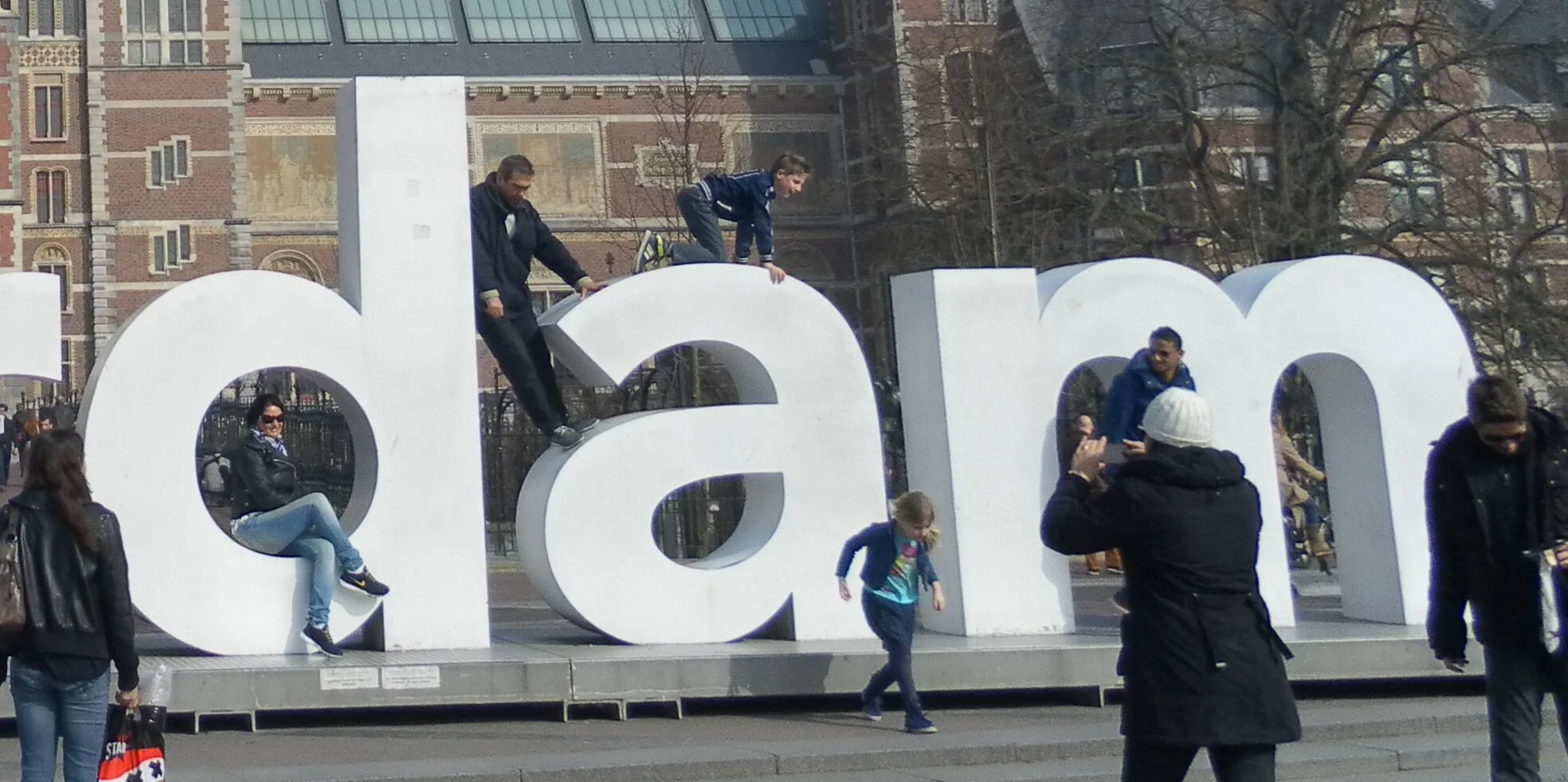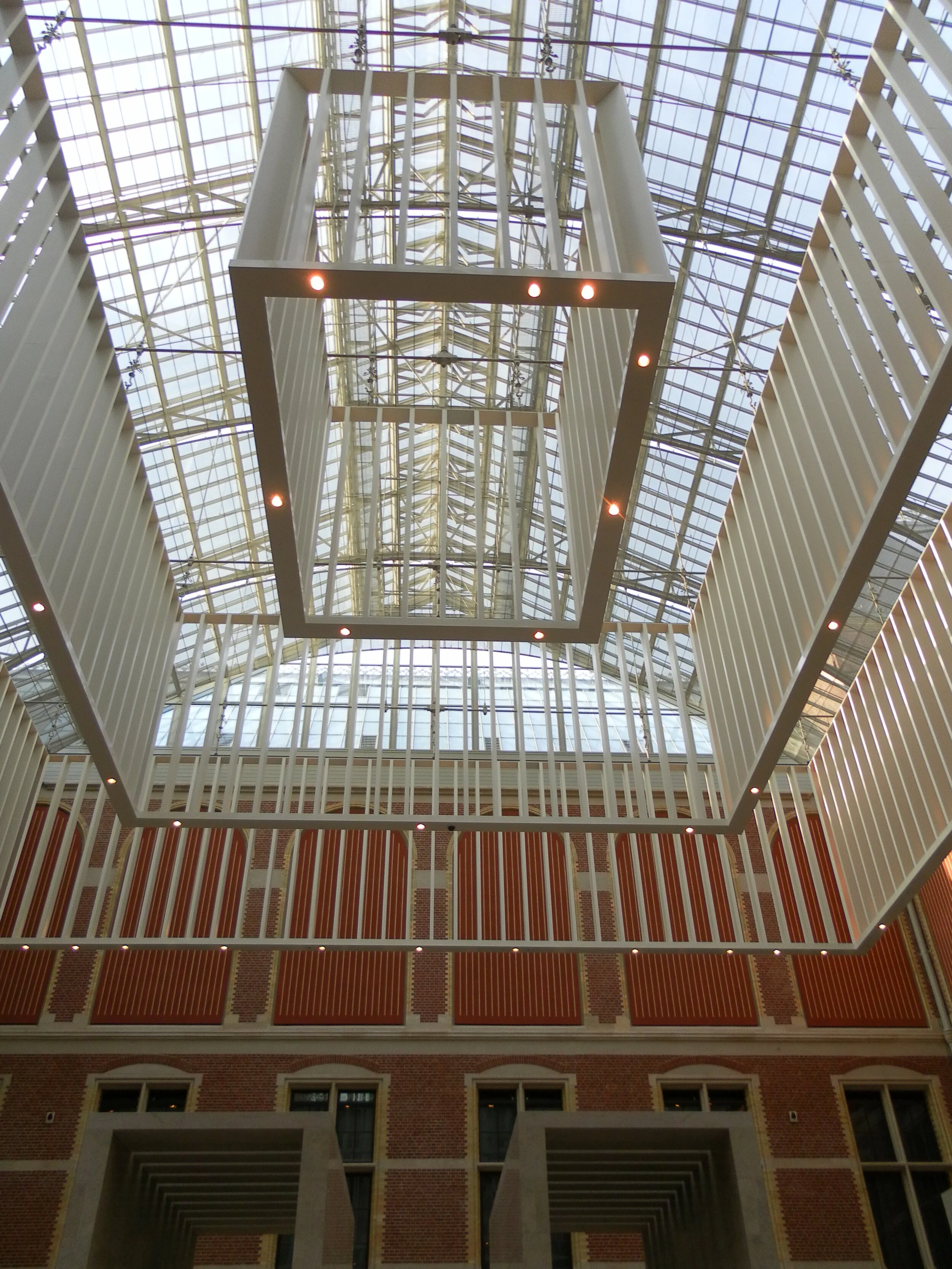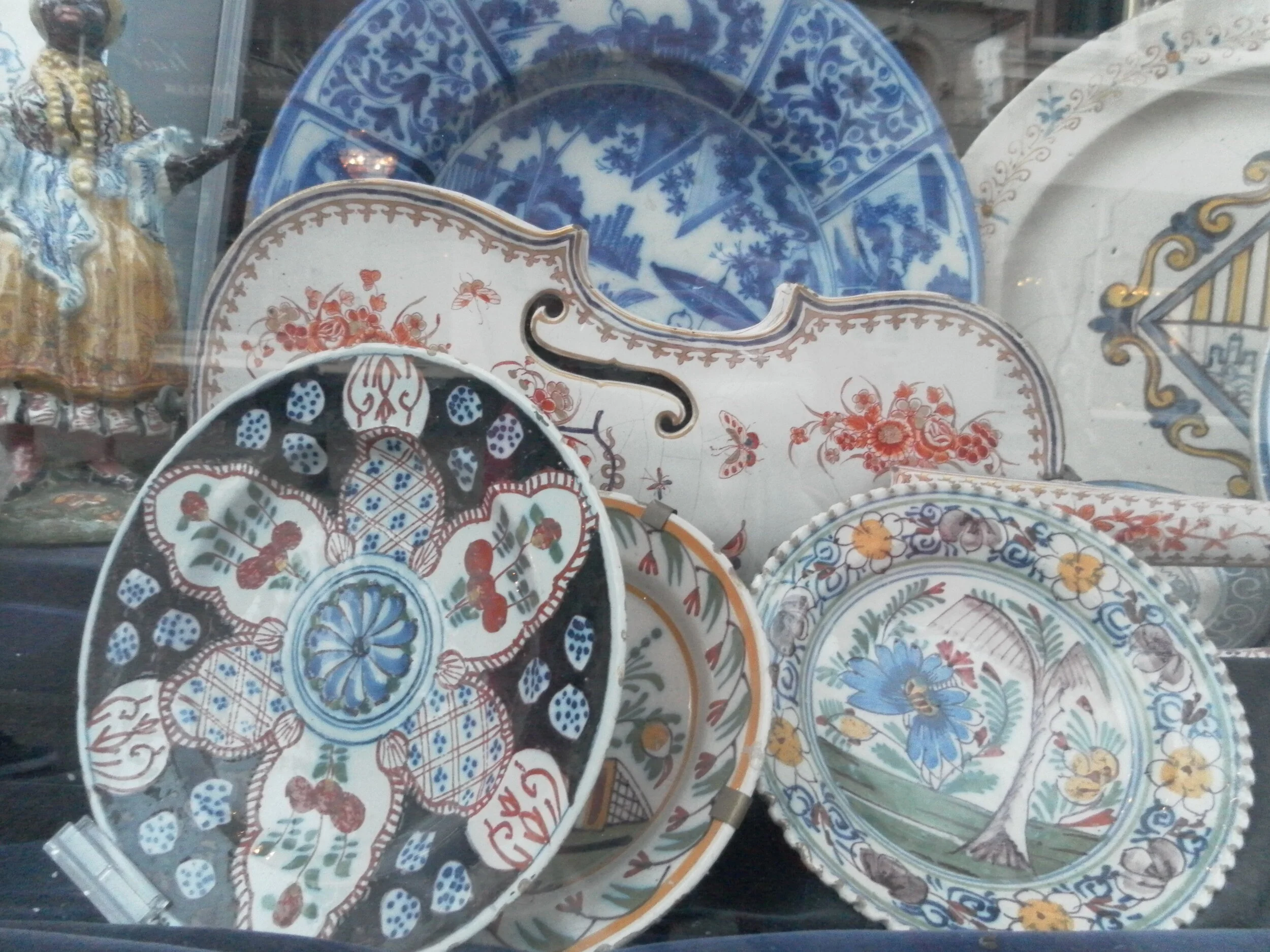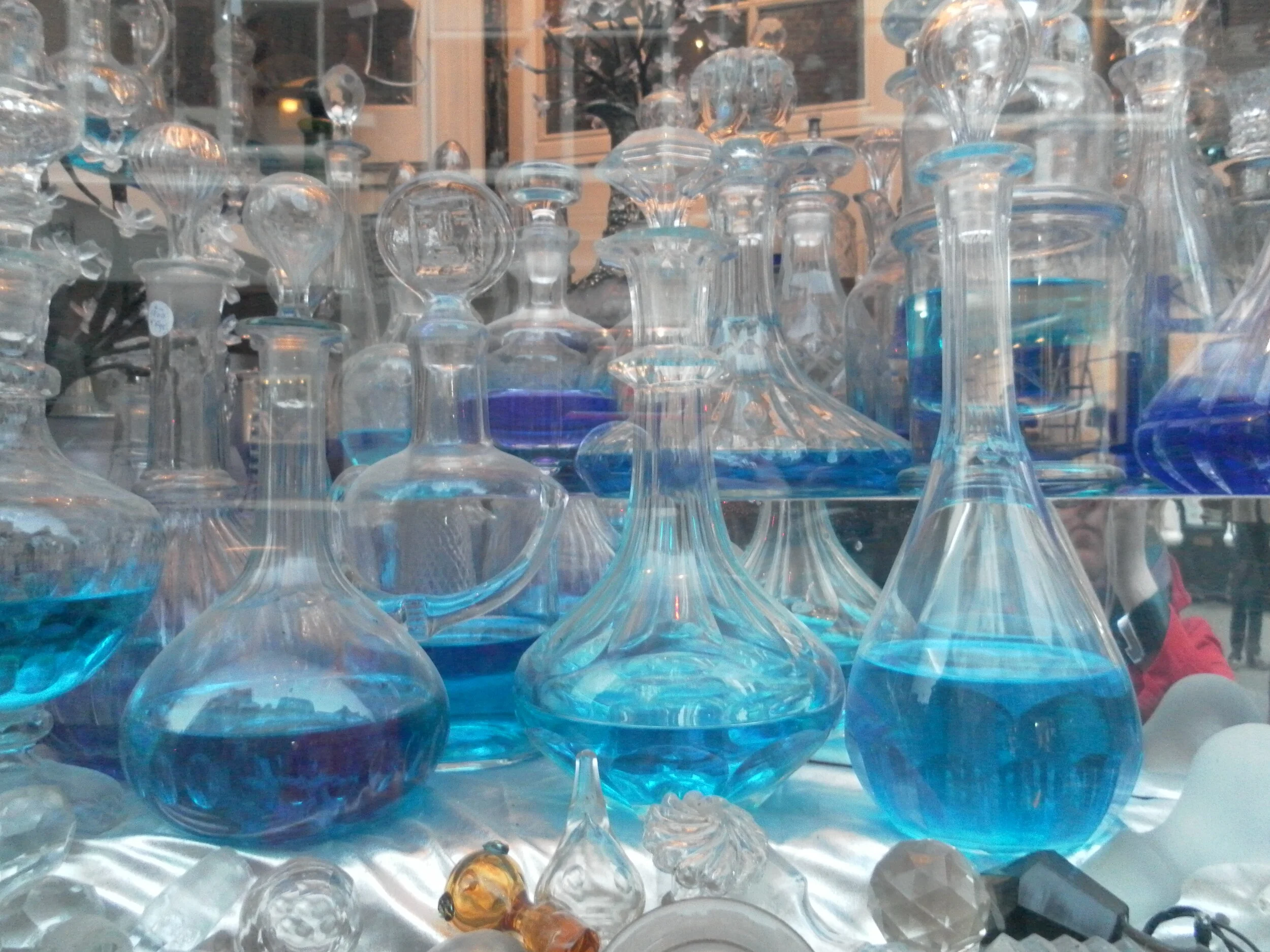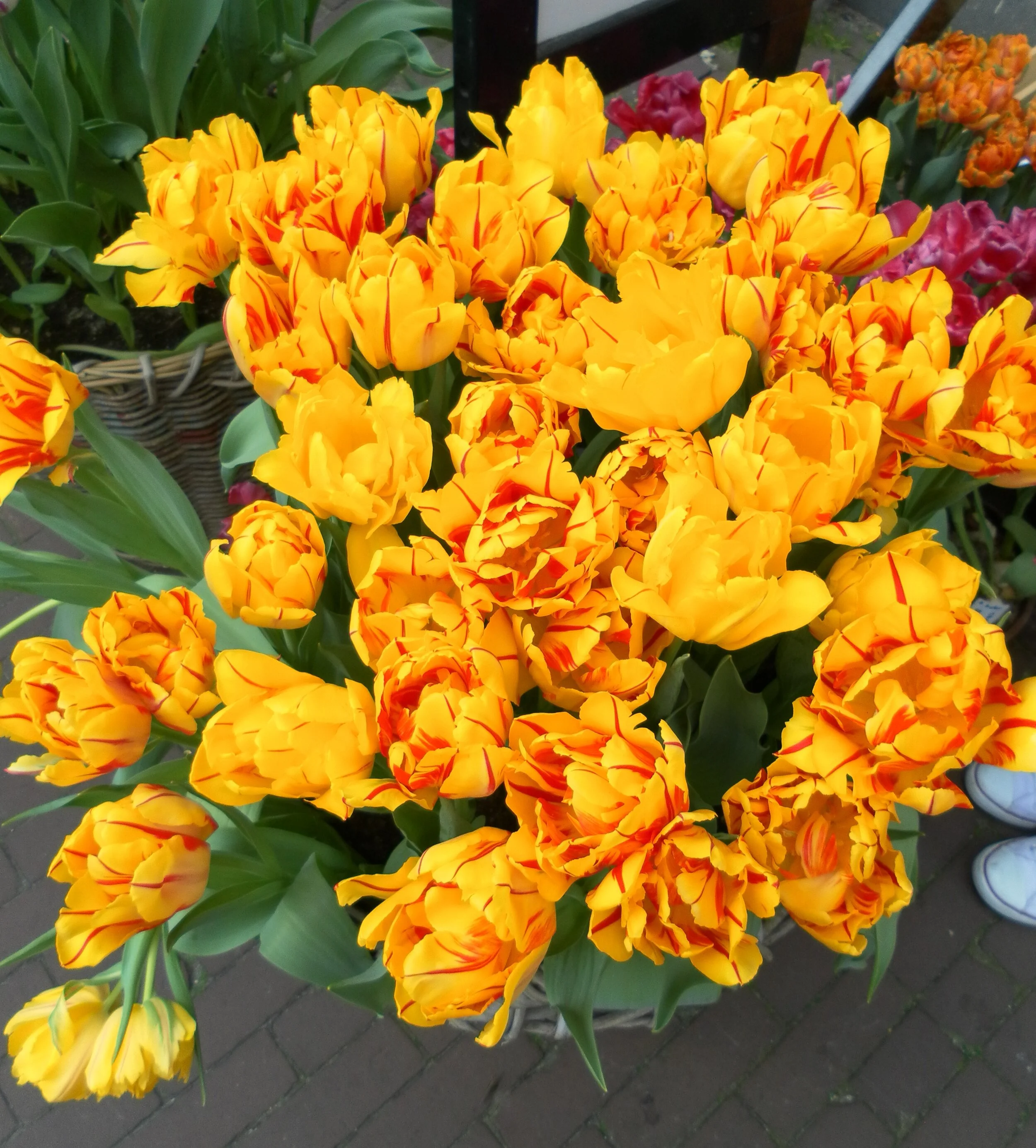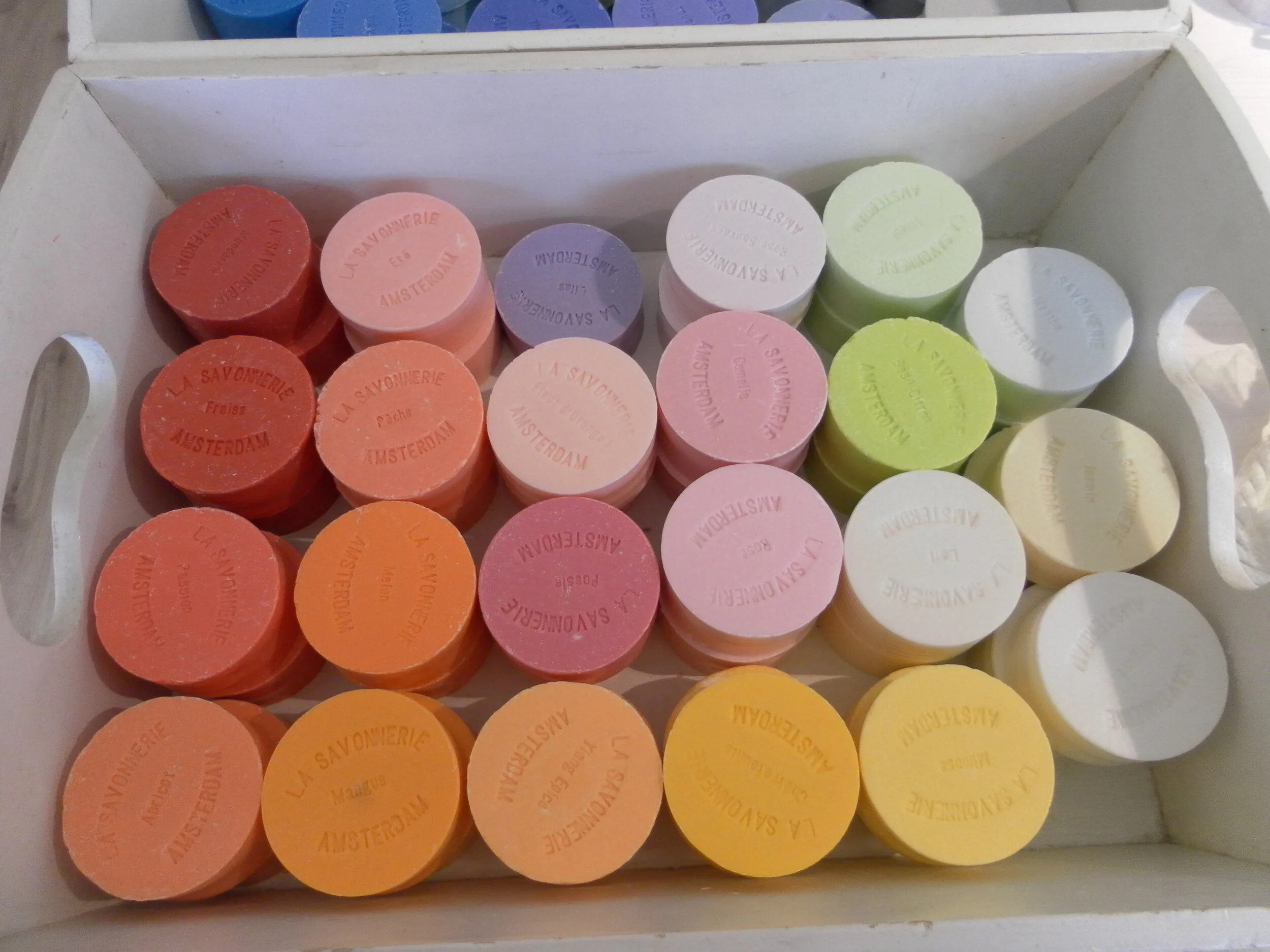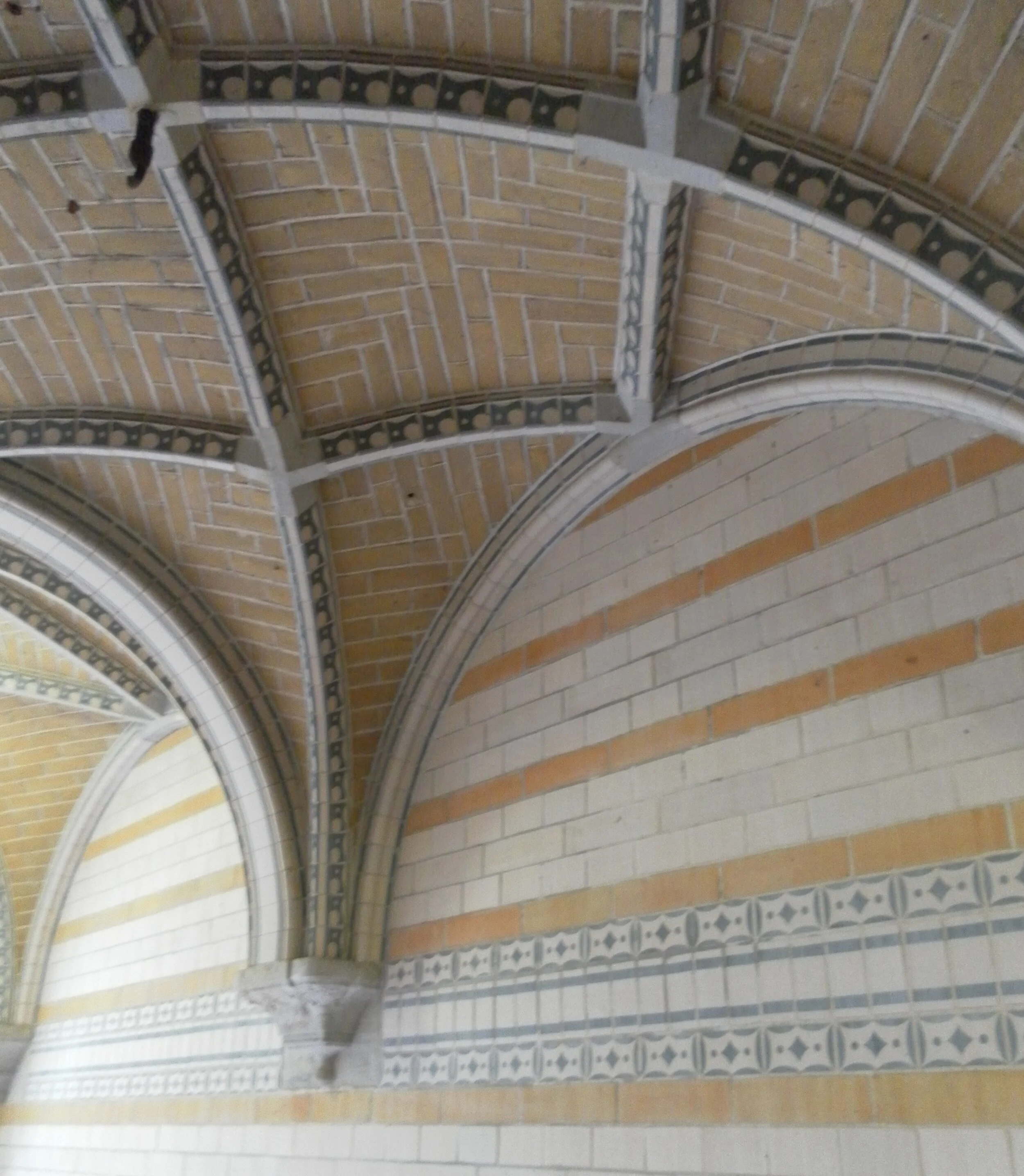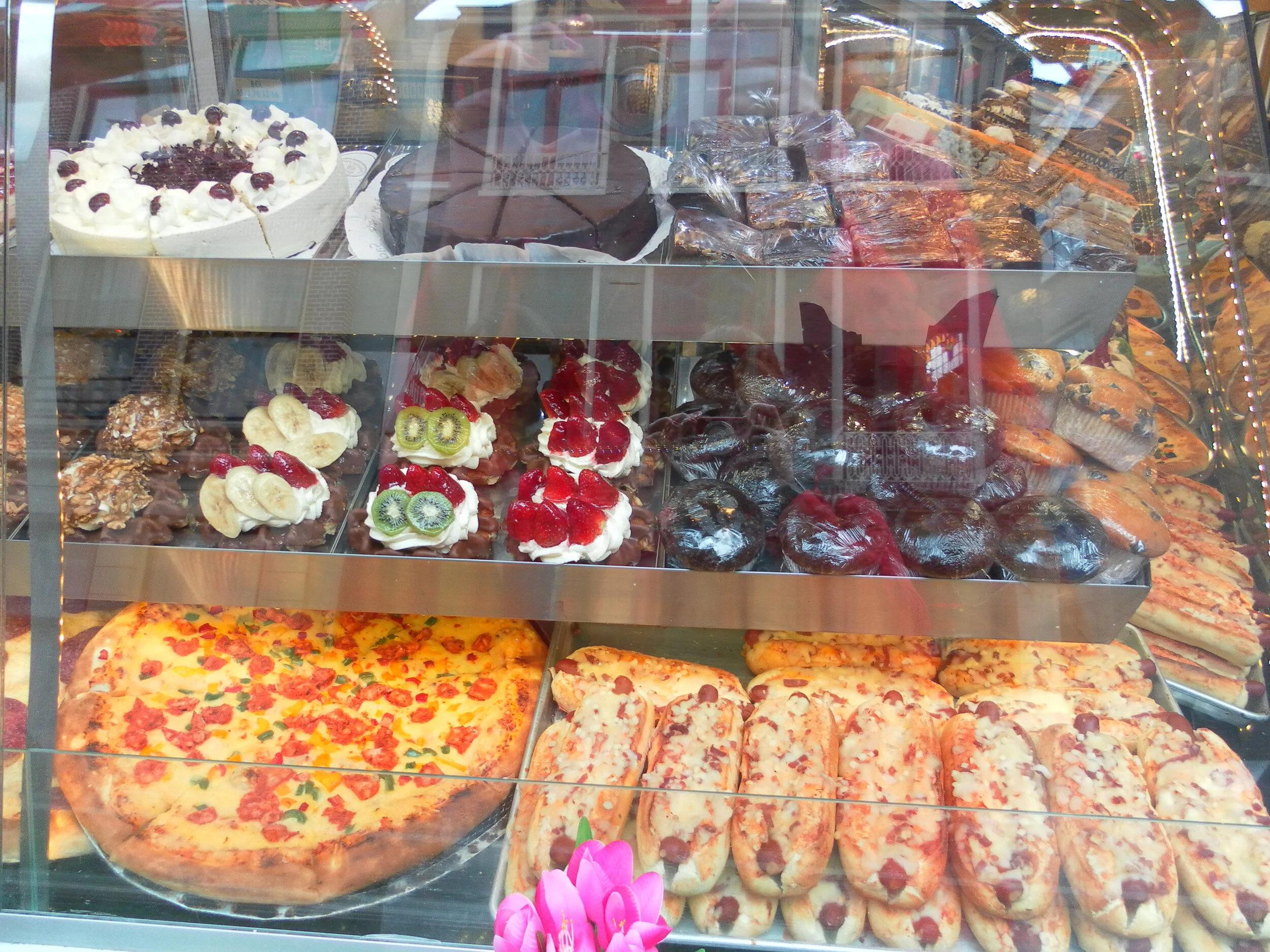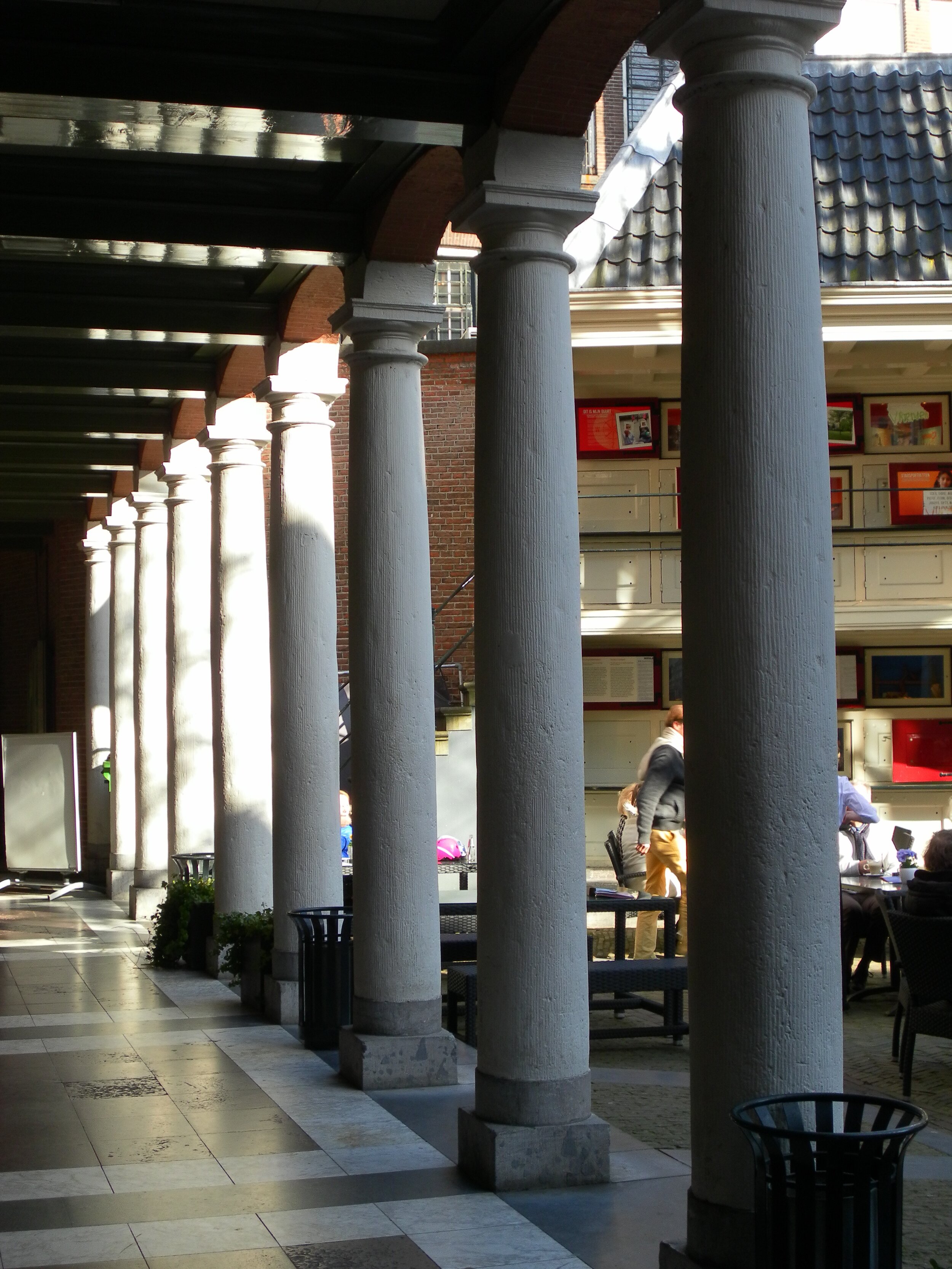In praise of integration
The last time that I went to Amsterdam, I timed it badly. Back in 2006, the Rijksmuseum, Stedelijk and Van Gogh Museum were all closed for refurbishment. So, you can imagine that I jumped at the chance to go to the CODART congress at the Rijksmuseum this week, for some quality Dutch museum time. The conference was a privileged chance to meet eminent curators of Dutch and Flemish art from across the world, to hear presentations on new, innovative displays, and to revel in some out-of-hours access to galleries.
But before the conference started I also gave myself time to visit the Stedelijk and Rijksmuseum properly. I came away from both impressed with the way that their historic buildings have been renovated and extended to work with the collections. The Stedelijk have created a white-cube space that still retains some character within their 19th-century home, as well as adding the grand new wing affectionately known as the 'bath tub.' The Rijksmuseum have stripped back and de-cluttered their Pierre Cuypers building, focusing on the original room layouts and decorations.
There is sensitive integration, then, of building and collections in both new museums. But the difference between the two in integrating the collections themselves is striking. I was blown away by the Stedelijk's collection of modern and contemporary design: some really beautiful rooms of furniture, prints, ceramics, metalwork, textile and glass. But these are kept firmly separate from the fine art, sequestered in their own wing, while the (I have to say sometimes surprisingly weak examples of) paintings are hung in splendid isolation elsewhere. Even the De Stijl rooms only bend as far as a Calder mobile.
The Rijksmuseum, by contrast, have gone for all-out integration, mixing their historic, fine and decorative arts collections in what are almost unalloyedly marvellous galleries. In sweeping chronological hangs, sculptures, armour, ship models, relics, clothing, furniture, ceramics, and more are brought into play alongside the paintings to tell the complex story of the Dutch Republic. I think my favourite had to be the 17th-century Dutch Overseas' room featuring objects from the ill-feted Nova Zembla expedition.
The contrast with the Stedelijk was most marked, of course, in the Rijksmuseum's small 20th-century displays, up in the two towers of the building. Broadly their paintings from this period are probably not as good as those in the Stedelijk, but they are displayed as part of rich displays about 20th-century responses to the changing world. Documentary films appear alongside De Stijl paintings, fashion design, drawings, and even a complete airplane! I was also particularly struck by the wall of facial casts of male Nias islanders. Some dubious colonial ethnography appears among the sleek modern design.
So, after my museum visits and some stimulating discussions at the CODART conference itself about the development of the Rijksmuseum displays, I can firmly say, like Tracy Turnblad in Hairspray 'I'm all for integration, it's the new frontier.'




































































